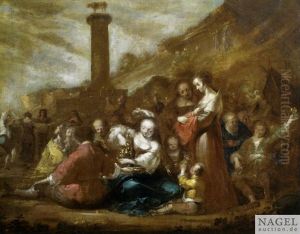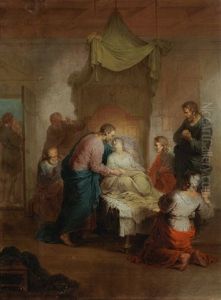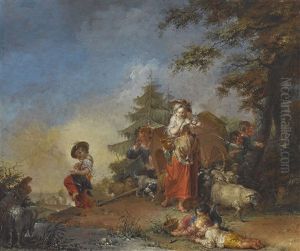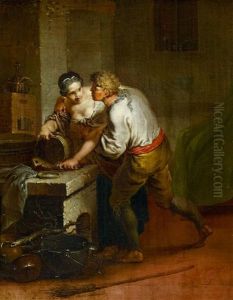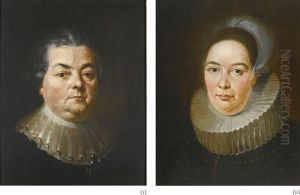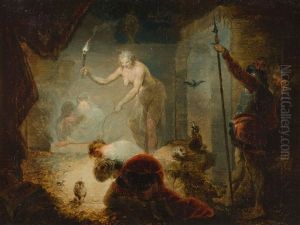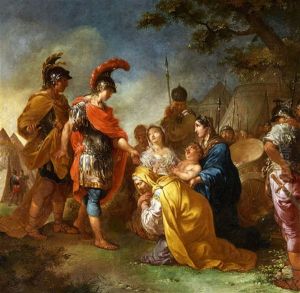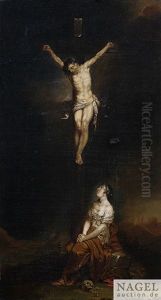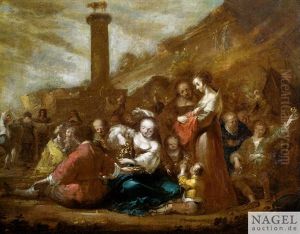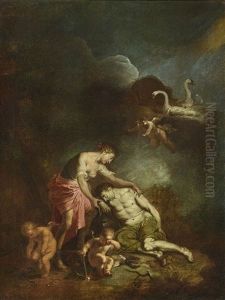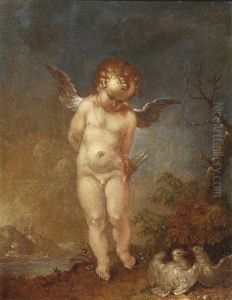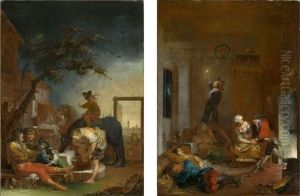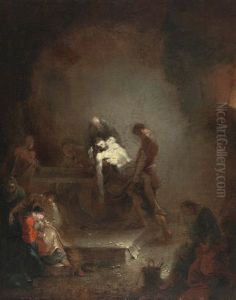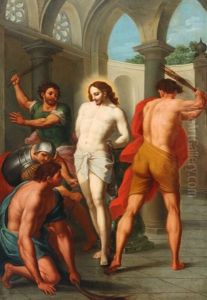Januarius Johann Rasso Zick Paintings
Januarius Johann Rasso Zick, a notable German painter and architect of the late Baroque period, was born on February 6, 1730, in Munich, Germany. He was part of the Zick family, a dynasty of artists that significantly contributed to the arts in Southern Germany during the 18th century. His father, Johann Zick, was also an accomplished painter, which provided Januarius with an artistic environment from an early age. This familial background played a crucial role in shaping his career and artistic direction.
Zick's education in art began under the tutelage of his father, from whom he learned the fundamentals of painting and drawing. His early works were influenced by the Rococo style, characterized by lightness, elegance, and an exuberant use of color. However, as he matured as an artist, Zick developed his unique style, which while retaining the Rococo influence, also incorporated elements of the emerging Neoclassicism. This blend of styles made his works particularly appealing, as they combined the ornate beauty of the Rococo with the clarity and simplicity of Neoclassicism.
Throughout his career, Zick was renowned for his frescoes and altar pieces in churches and abbeys throughout Southern Germany. His work is distinguished by its dynamic compositions and vibrant palette. One of his most significant contributions was to the decoration of the Würzburg Residence, a masterpiece of Baroque architecture, where his frescoes add to the grandeur and elegance of the interiors. Additionally, Zick was involved in architectural projects, where he often acted as both architect and interior designer, showcasing his versatility as an artist.
Januarius Zick's legacy is not only in the beauty of his artworks but also in his influence on the German art scene of the late Baroque and early Neoclassical periods. His ability to merge different styles harmoniously left a lasting impression on the development of art in Germany. Zick passed away on November 14, 1797, in Ehrenbreitstein (now a part of Koblenz), Germany. Today, his works are preserved in various museums and collections, continuing to inspire admiration for their artistic merit and historical significance.

